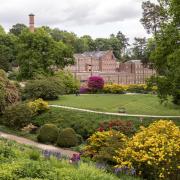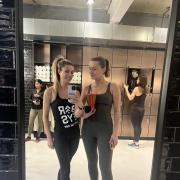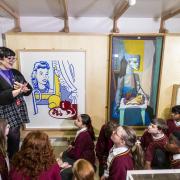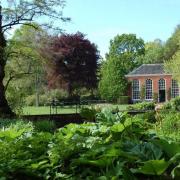An appreciation of Feeding the Ducks, by John Frederick Herring Senior (1795-1865)
This charming if somewhat inauspicious painting currently on display in the Grosvenor Museum in Chester belies its impressive past. For many years it hung in nearby Hoole Hall where it would have been displayed prominently, thanks to the reputation of its artist. In the mid-nineteenth century John Frederick Herring was a successful artist who counted Queen Victoria, the Duke of Orleans and George IV as his patrons. Such high profile patronage ensured Herring’s works had a regular market amongst the gentry who would have been eager to impress their regal tastes upon their friends.
As a young man Herring developed his artistic skills as a carriage painter before becoming a full-time artist thanks to the encouragement and backing of some of his customers.
For many years he focussed on painting horses, particularly the winners of the Derby and the St Leger. Paintings of famous jockeys and horses were popular amongst the wealthy, many of whom were keen riders themselves. These paintings continue to command huge sums at auction.
By the age of 50 he was appointed animal painter to the Duchess of Kent, whose daughter, Queen Victoria, maintained the familial enthusiasm for his work.
The girl in this scene is Jennie Herring, who posed for many of her father’s paintings. Three of her brothers also became painters. John Frederick Herring Jr became so popular as an equine artist in his own right that his father began to incorporate “Sr” into his own signature.
The painting is classed as a ‘genre’ picture, one that depicts a scene from everyday life. Inspired by similar works from seventeenth-century Holland they became hugely popular in Victorian Britain. Like the Dutch works which inspired them they are frequently loaded with symbolism.
The ivy was often used as symbol for wedded love, while the dark pink rose worn by Jennie suggests thankfulness. The white Aylesbury duck denotes purity of the soul and a clean conscience. Even the colour of Jennie’s dress, blue, was used to represent truth. The twelve ducklings await their daily grain with patience and dignity.
See this
Grosvenor Museum, Chester
Located on Grosvenor Street, Chester.
Open
The museum is open Monday – Saturday: 10.30am – 5pm Sunday: 1pm – 4pm. Admission is free.



























